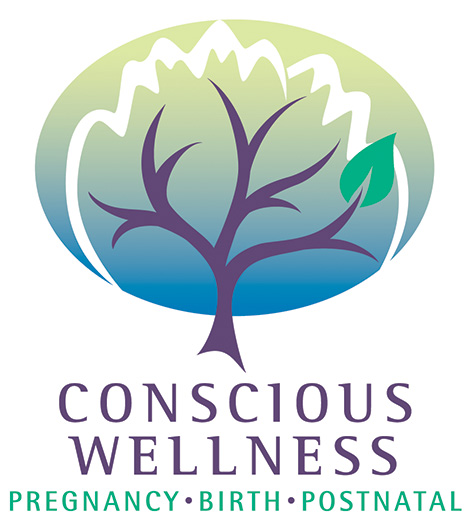The following is a writing assignment–a personal essay–I wrote in my first term at Indie Birth Midwifery School
I come from a middle class family with both parents holding biology degrees. While both parents respect the laws of nature, they are also both heavily encultured in the idea of medical technology. My father, as a Type 1 diabetic, has survived most of his life thanks to the advances of 20th Century medicine. This is the story of how I evolved past that type of thinking, and unveiled my calling to the art of midwifery.
I grew up hearing the story of my own birth: my mother laboured for 23 hours, and the doctor eventually delivered me with forceps, scarring my face under my right eye in the process. I grew up learning to see this scar as a physical reminder of the dangerous nature of birth, and the fortune of having modern medical care available to us.
When in my late teens, as midwifery was just being regulated in my home province of Ontario, my parents opined that home birth was ‘selfish’ and folks who have successful home births with midwives were ‘lucky nothing went wrong.’ In my first year of university, one of my roommates was studying midwifery, and I learned that midwifery was hitting the mainstream. If a university offers a four-year degree in midwifery, it would be unconscionable for them to set people up for disaster, so it must be at least a reasonable alternative to the medical model of birth.
For several years after university I didn’t think about birth. That changed when I became pregnant with my first child, Caleb. My husband and I had recently relocated to Singapore, a very modern and technology worshipping city-state. I knew I wanted as natural a birth as possible, but felt anxious about my prospects of achieving it. I spent nine months researching birth models and philosophies, and created a terrific plan for care—as gentle as was possible within a high-tech hospital. Although I had a very empowering experience, I began to realize from talking to peers that for first time mothers in developed countries, ‘empowered’ is not usually how women describe their births. This led me to my interest in birth advocacy and doula work.
From 2012 to present, with some breaks, I worked as a doula and childbirth educator. Upon moving to Macau, I had toyed with the idea of pursuing midwifery education, but had dismissed it because of the lack of availability of training programs in this part of the world. As doula work is disregarded as a profession here in Macau, the government will not grant me a visa to work, so I have spent much of my time reading, writing, advocating and counseling women about birth. More and more I realized that my passion for feminism and normal birth, combined with my specific personality traits and talents, would be better suited to midwifery than doula work. My reading and research online led me to discover a conference called ‘Healthy Birth, Healthy Earth’ happening in Findhorn, Scotland in September 2016.
Off I went, halfway across the world, with high hopes of attaining personal and

Early morning airport selfie as I set off from Macau-Beijing-London-Inverness-Findhorn
professional inspiration and fulfillment. The conference vastly exceeded my expectations on every front. While in one of many afternoon breakout sessions, Ibu Robin Lim said to a group of emerging Birthkeepers, “if it is a piece of paper that is standing between you and making a difference in your calling, then get the paper!” This was a lightning rod moment for me. I had been struggling against the rampant credentialism I faced in my adopted country, but I also knew at that moment I needed to do whatever it took to get my voice heard, so it can be used to help women on a national and global level, in addition to helping individual families. So while at that point I still had no idea how I might achieve it, I committed myself to following the call.
Midwifery, to me, is a community-building activity, a spiritual and ethical calling. Continuing on my philosophical evolution, I envision myself a driving force within the birth community in Canada, helping to bridge the gap between care availability and birth outcomes in the general population, and those among the remote and indigenous populations. Through the natural teenage process of questioning and coming into awareness of the biases that coloured my parents’ worldviews, I have been able to create my own ideas and philosophies about birth. These philosophies have been strongly influenced by my exposure to several different cultures worldwide as I have traveled with my family for my husband’s work. I look forward to incorporating all of this knowledge and exposure into my future journey as a midwife and positively influence the birth cultures that I encounter along the way.


 In the adjacent picture
In the adjacent picture


